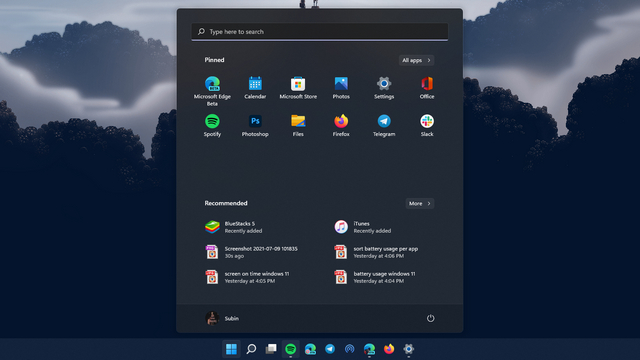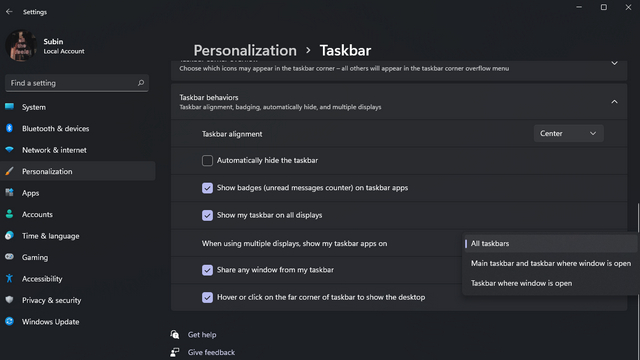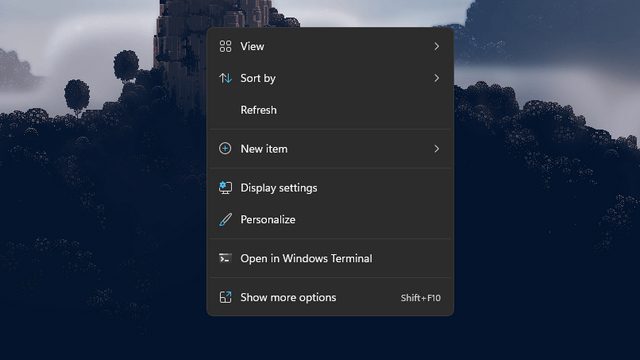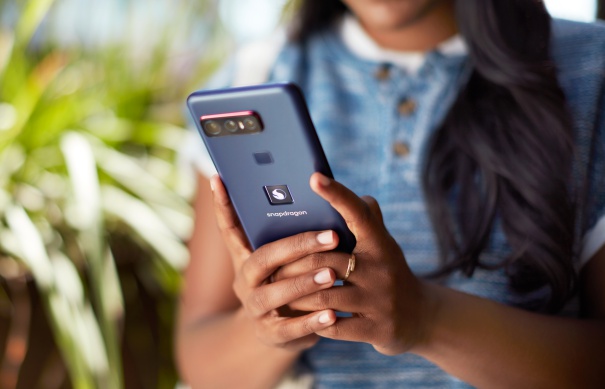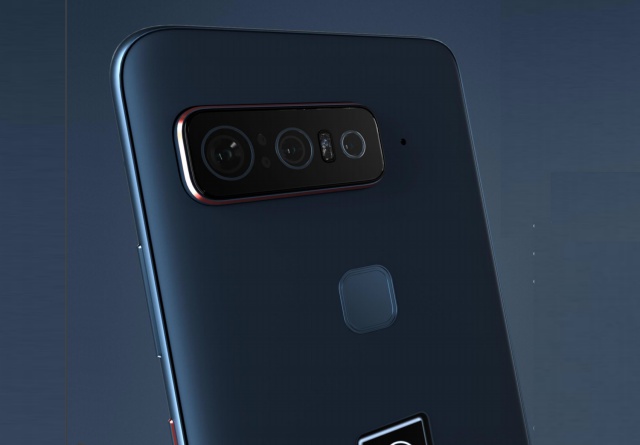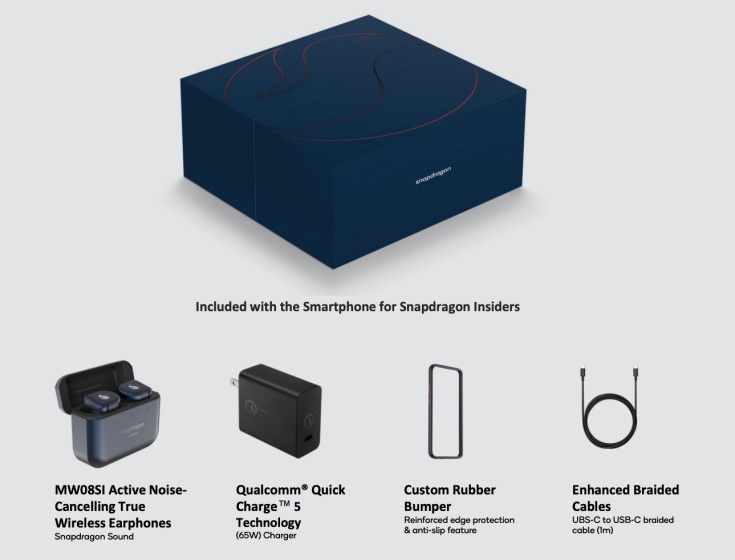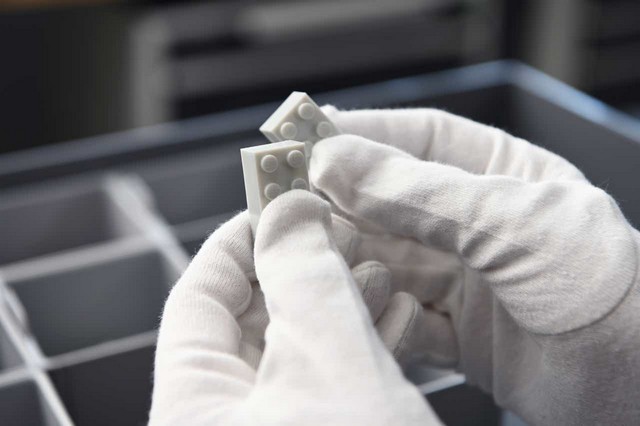If you keep a close watch on the smartphone segment, you would have seen leaks for a Snapdragon-branded smartphone last month. Well, putting an end to the anticipation, American chipmaker Qualcomm has launched its first-ever smartphone today. Called the “Smartphone for Snapdragon Insiders,” this device is designed to enable users to experience the latest Qualcomm technologies.
Smartphone for Snapdragon Insiders Launched
Why Is Qualcomm Launching a Smartphone?
Now, the first question that many of you may have is – why is Qualcomm launching a smartphone? Well, in a closed-door briefing, the company executives revealed that a whopping 1.6 million users have joined the Snapdragon Insider program since its inception back in March this year. Like Windows Insiders, these individuals give feedback on the company’s products to help better the experience for consumers. To reward its loyal fanbase, Qualcomm has unveiled the “Smartphone for Snapdragon Insiders” today.
This smartphone, which has been designed and manufactured by Asus, will offer the Snapdragon Insiders a more curated experience. It will focus on the key strengths of Qualcomm’s chipset, including Elite Gaming, Snapdragon Sound, AI cameras, 5G, and more. Also, Asus will handle the distribution and sale of this smartphone using its own channels.
Moreover, if you are wondering, is Qualcomm going to compete with popular OEMs like Samsung, Xiaomi, or Asus? Well, that is not the chipmaker’s intention as it is looking to only cater to the enthusiast crowd. With that out of the way, let’s take a look at the key specifications and features of the Smartphone for Snapdragon Insiders.
Key Features and Specs
Manufactured by Asus, the first Snapdragon-branded smartphone includes a 6.78-inch Full-HD+ Samsung AMOLED display with a Delta E <1, up to 1200 nits of peak brightness, and HDR10/ HDR10+ certification. It also boasts 111.23% DCI-P3 color gamut support and Gorilla Glass Victus protection on top. There’s also a 24MP selfie camera housed in the minimal top bezel.
Under the hood, the smartphone is powered by the Snapdragon 888 chipset and not the recently unveiled Snapdragon 888 Plus variant. This may seem like a confusing move to many, but the answer to why Asus didn’t use the Plus variant chip is simple. The device development started before the Snapdragon 888+ was launched, so enthusiasts have to settle with the less-powerful flagship chipset. The chipset is coupled with 16GB LPDDR5 RAM and 512GB UFS 3.1 storage.
Turning our attention to the rear, there’s a lot to take in here. First, there’s a light-up Snapdragon fireball logo that’s illuminated in white (no it’s not RGB). Then, you can notice the physical fingerprint scanner, which is the Qualcomm 3D Sonic Sensor Gen 2. Finally, there’s a triple camera system with a 64MP primary camera, a 12MP ultra-wide lens, and an 8MP telephoto lens with 3x optical zoom on the rear.
Also, this Snapdragon-branded phone also includes a 4,000mAh battery with support for Qualcomm Quick Charge 5.0. You will get a 65W power adapter in the box.
Alongside the smartphone, Qualcomm has also bundled a pair of premium Active Noise Cancellation (ANC) supported TWS earbuds from Master & Dynamic. They are powered by the Qualcomm QCC5141 Bluetooth audio chipset, supports up to 24-bit 96kHz audio quality, ultra-low latency, echo and noise cancellation, and more. These earbuds will enable you to experience Snapdragon Sound for the first time on a smartphone.
Specifications Table
To sum up everything we have just talked about, here’s a quick look at the specs sheet of Qualcomm’s first smartphone for Snapdragon Insiders.Dimensions173.15 x 77.25 x 9.55mmWeight210 gramsDisplay6.78-inch sAMOLED
Full-HD+ (2448 x 1080p)
144Hz refresh rate
1200 nits of peak brightnessProcessor5nm-based Snapdragon 888, clocked at 2.84GHzGPUAdreno 6605G ModemSnapdragon X60RAM16GB LPDDR5Storage512GB UFS 3.1Rear Cameras64MP Sony IMX686 primary camera
12MP Sony IMX363 wide-angle camera
8MP telephoto camera, 3x optical zoomSelfie Camera24MPSoftwarestock Android 11ConnectivityWi-Fi 6E, Wi-Fi Direct, Bluetooth 5.2, NFCNavIC supportYes, along with GPS, GLONASS, GALILEO, and BDSBattery Pack4,000mAhCharging65W Quick Charge 5.0
(limited to 35W in India)Price$1,449 in the US
~Rs. 1,11,990 in India
What’s in the Box
Qualcomm aims to give users a chance to experience all of its cutting-edge technologies with this product launch. You are not only getting the Snapdragon smartphone but also a fast-charging adapter, TWS earphones with the latest Qualcomm chip and audio tech, and more.
Apart from the smartphone, here’s everything included in the box with the Smartphone for Snapdragon Insiders:
- Master & Dynamic MW08SI ANC TWS Earbuds
- 65W Qualcomm Quick Charge 5.0 Power Adapter
- USB-C to USB-C braided charging cable
- Custom Rubber Bumper case
Price and Availability
With Qualcomm and Asus offering more than just a smartphone in the box, you will have to pay a premium to get your hands on this special offering for Snapdragon Insiders.
The Smartphone for Snapdragon Insiders is priced at $1,499 in the US and will go on sale in August 2021. Apart from the US, it will be commercially available in Canada, UK, Japan, Korea, and Germany. The device will make its way to India at a later date and be priced at Rs. 1,11,990 (could differ at the time of launch).
So, what are your thoughts on this Snapdragon smartphone for enthusiasts? Let us know in the comments section below.



